Tillandsia diaguitensis
Click thumbnails for full size, scaled to a new window.
Tillandsia diaguitensis
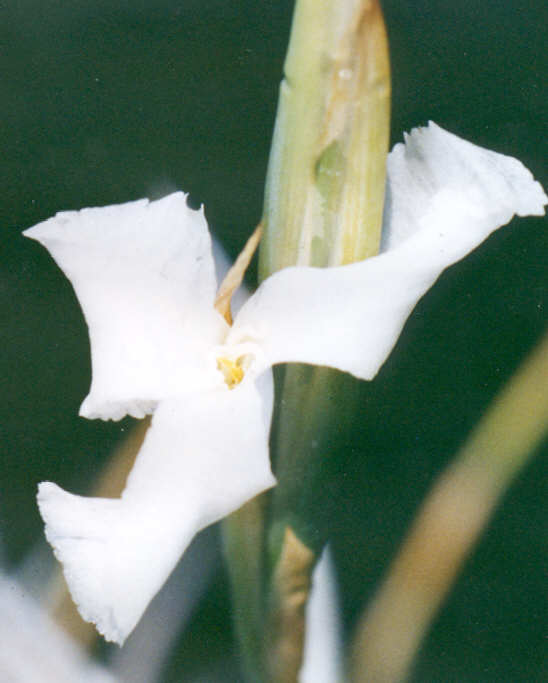
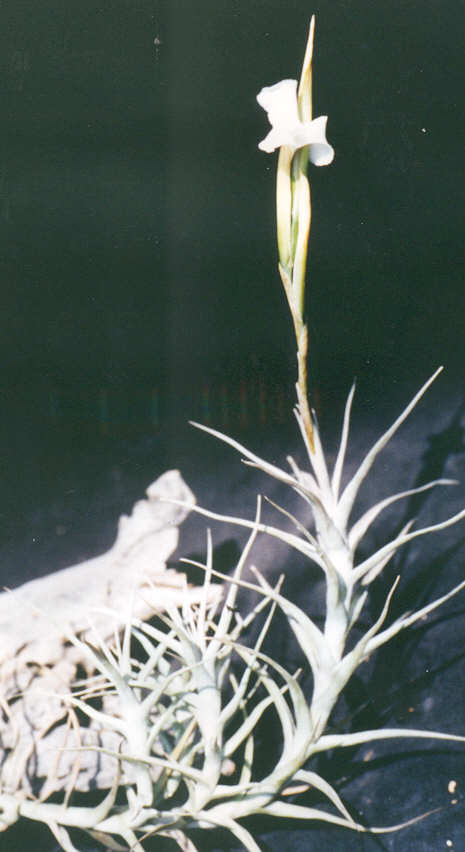
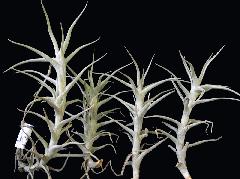
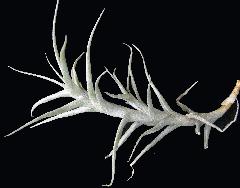
| Photo Renate Ehlers. |
Ian Hook, Sydney 05/08. |
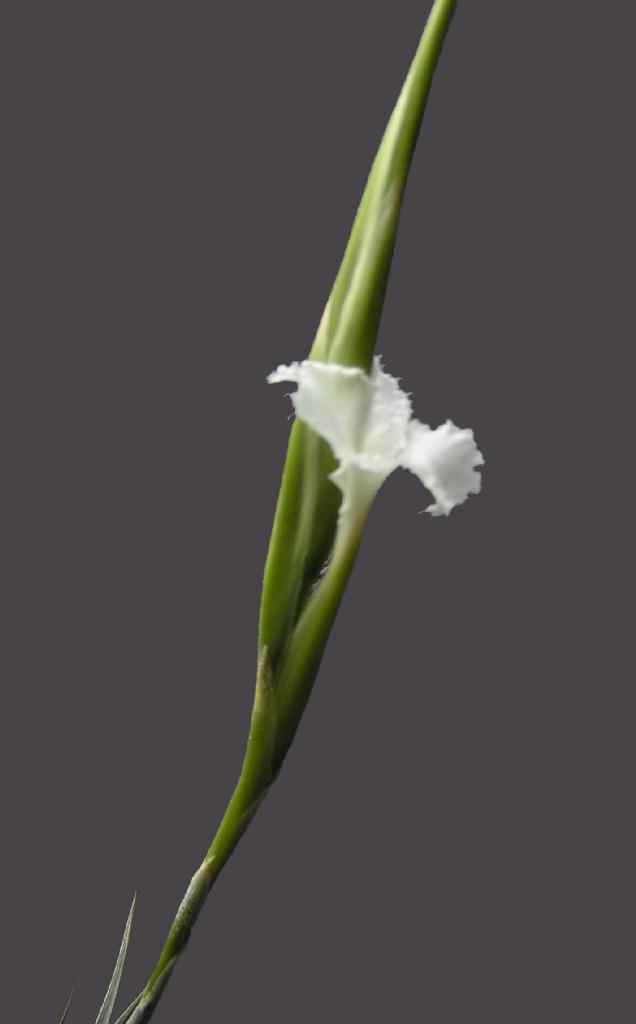
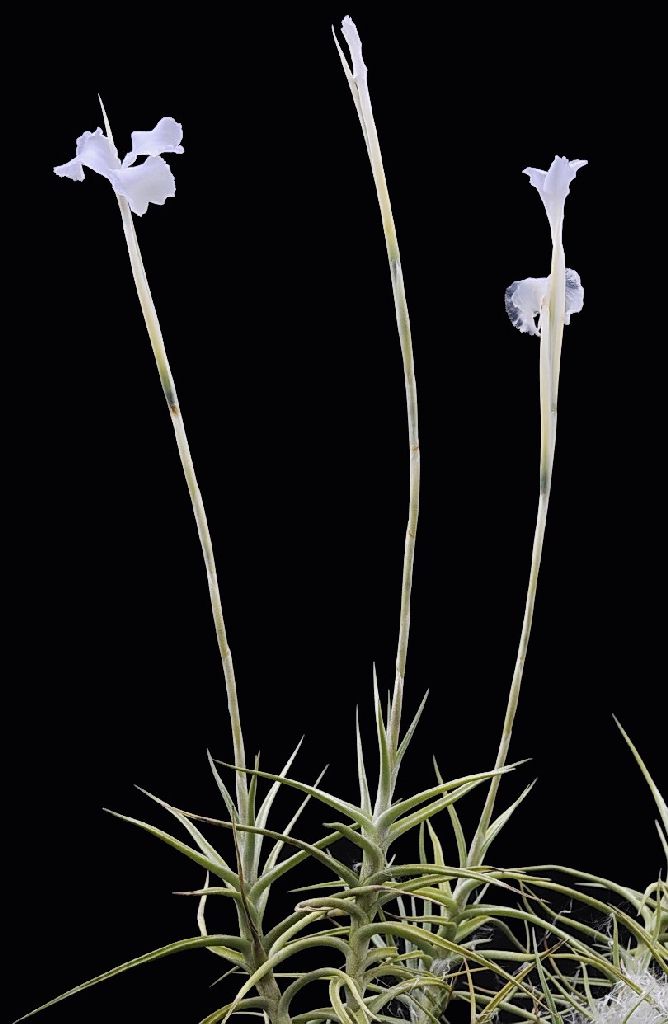
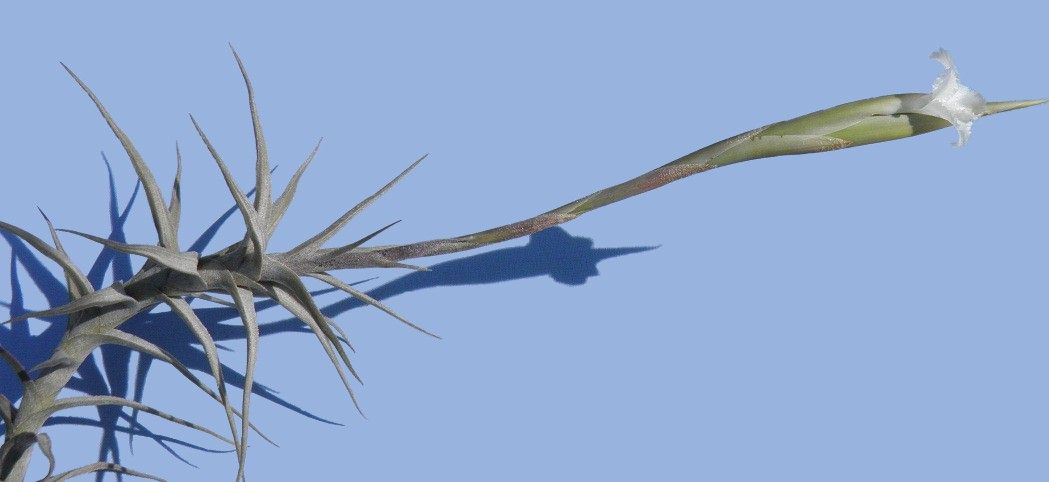
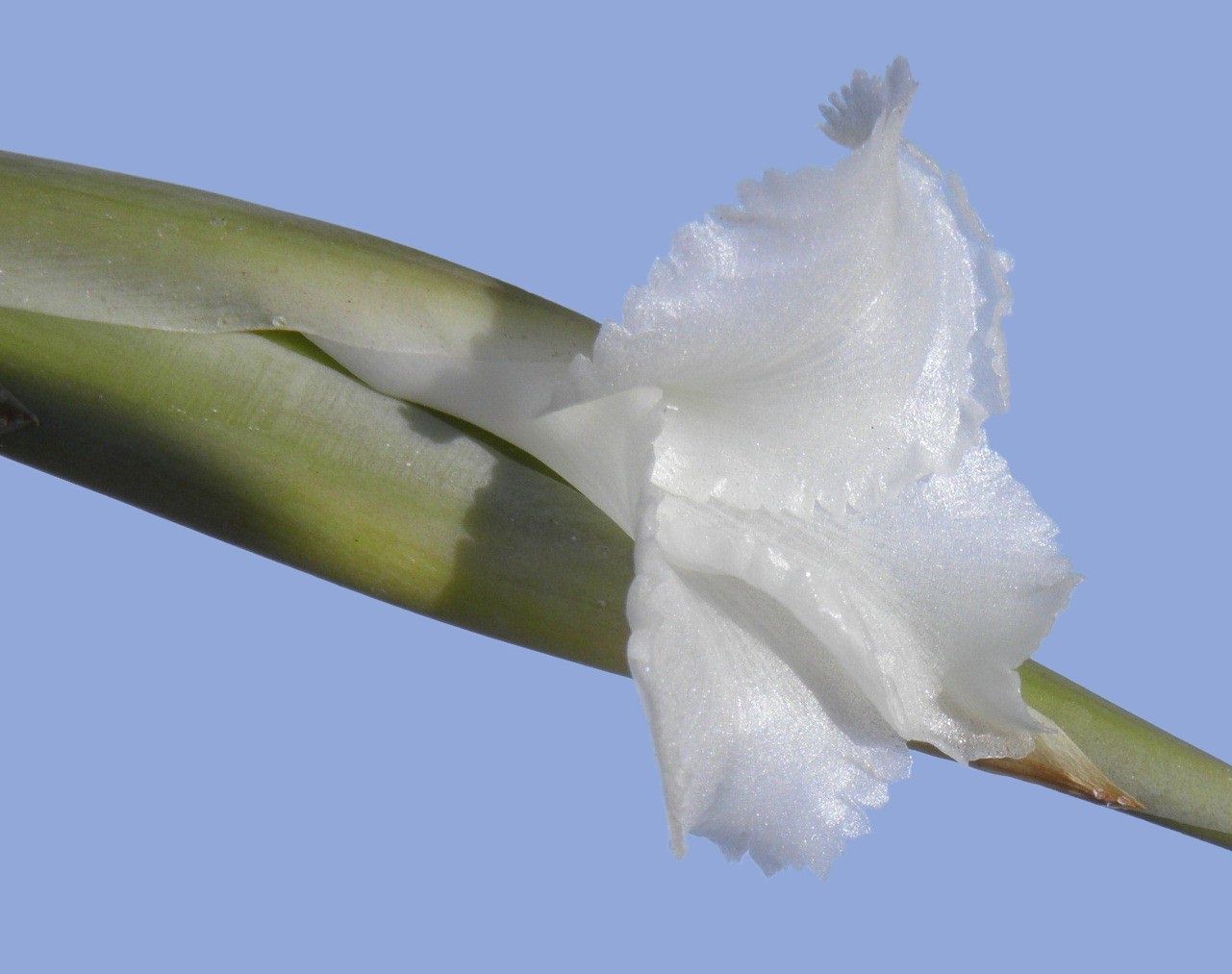
| Ken Woods 01/11. |
Peter Tristram 01/12. |
Derek Butcher 01/13. |
Derek Butcher ... "I have never flowered this species before and I present the 'often flowering' form I got from a local member Maureen Hick in 2003. I
never believed her claim because I never saw the plant in flower and she never took photos. This oft flowering form has just flowered after 9 years. It has a 50% scented rating. I smell nothing but She who must be obeyed, said it had the strong scent of a ripe lemon and I felt I had just sucked one!"
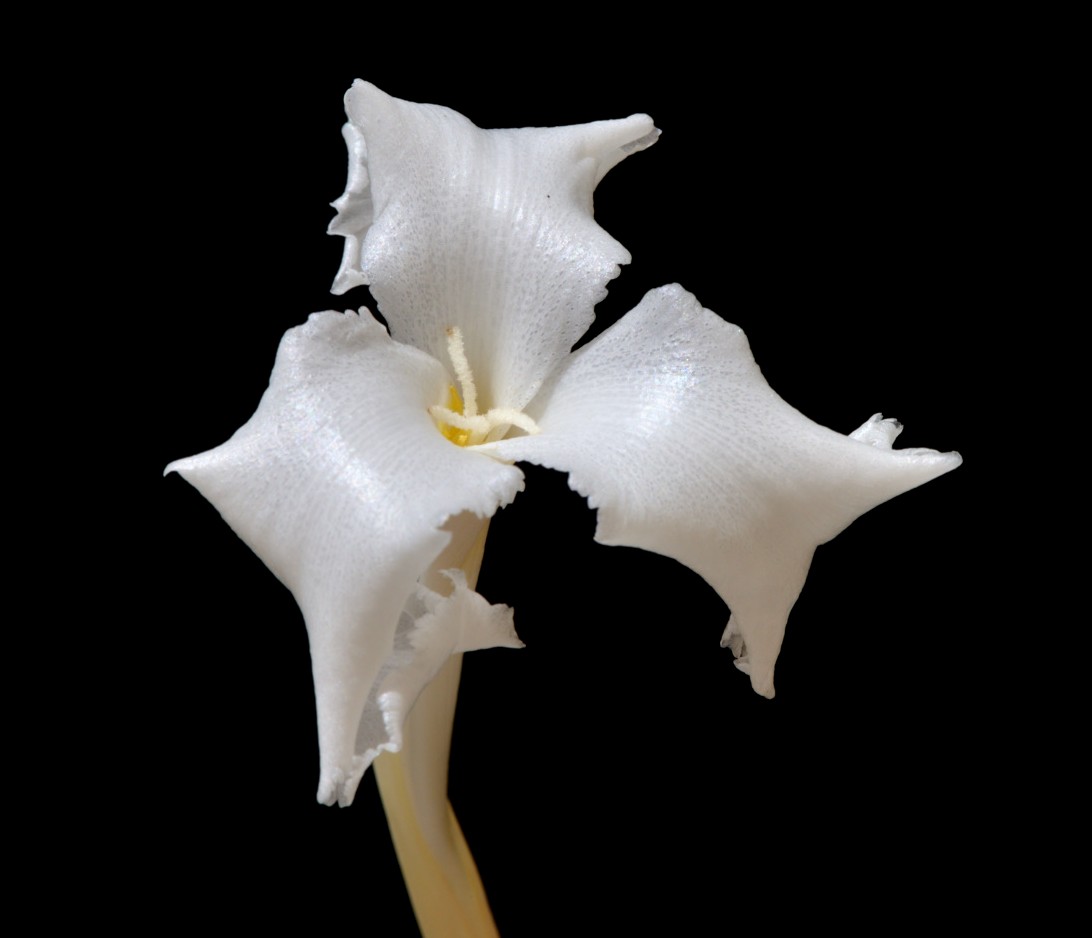
| George Nieuwenhoven 01/17 |
George Nieuwenhoven ... "It has taken me several years but at last T. diaguitensis has flowered. It was worth waiting for, the plant is almost indestructible, but this form at least flowers occasionally, the other "non-flowering" form I have put in a spot where I don't water it and so far has survived quite well on natural rainfall only, in Adelaide, a testament to it's survival genes no doubt."
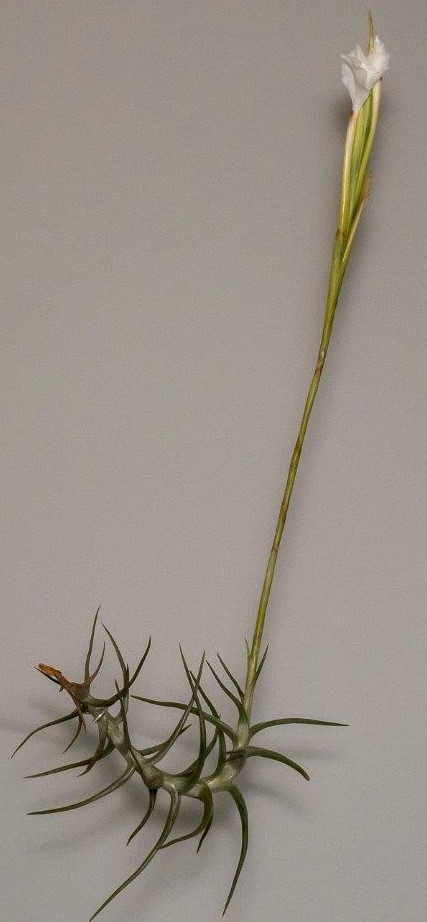
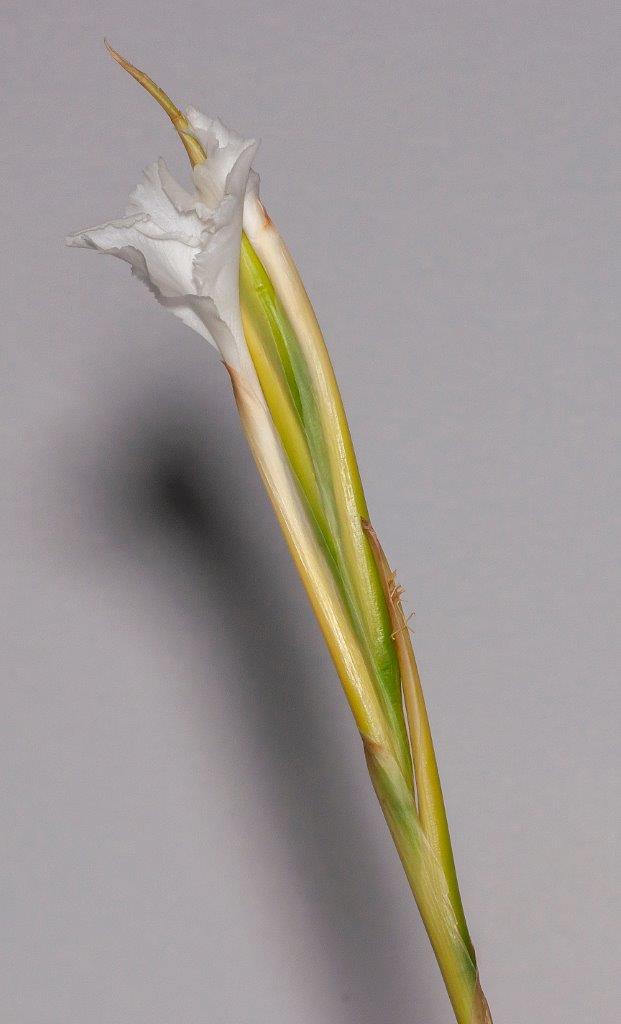
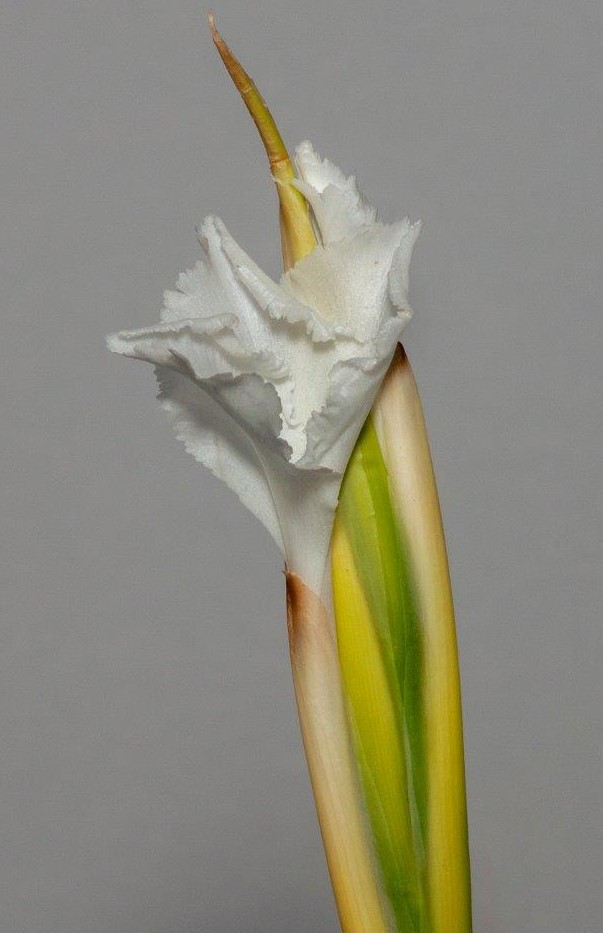
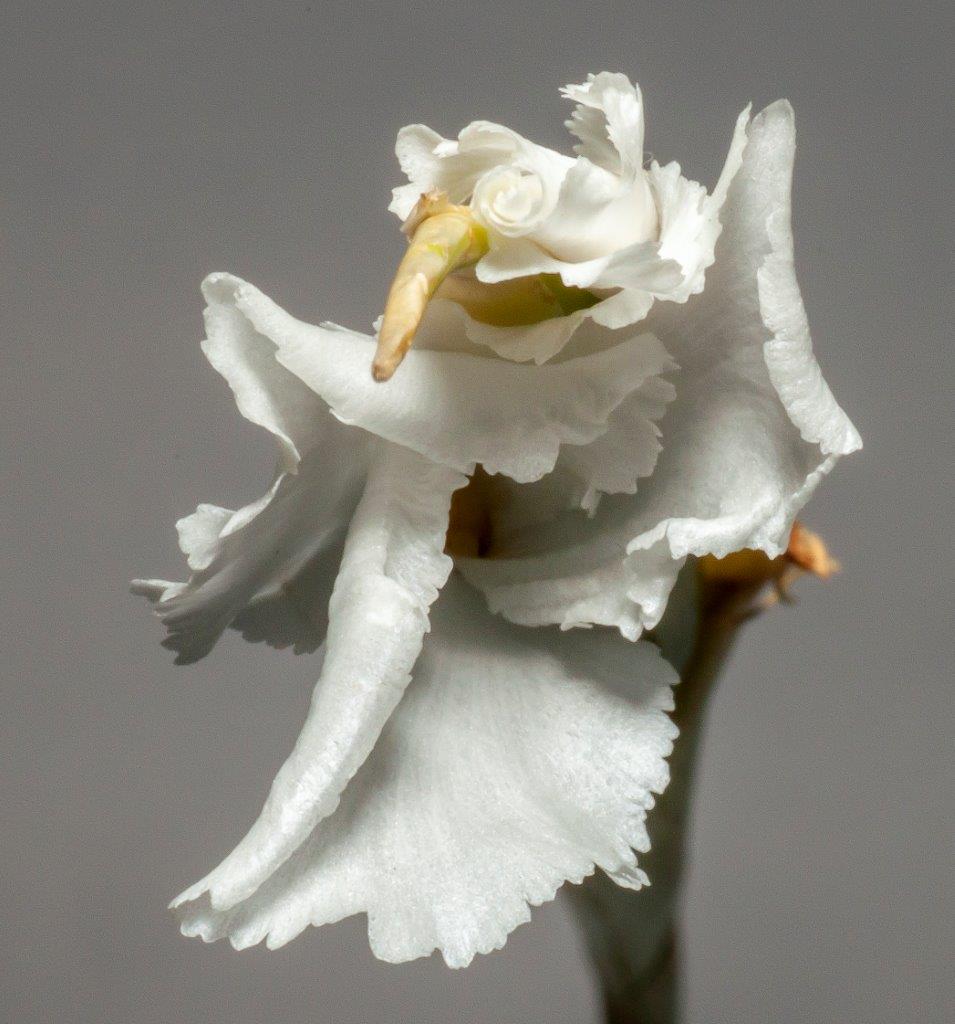 Rob Bower ... "I got this from Bruce Dunstan already in spike. The flowers are fairly short lived with delicate petals and a lovely citrus scent unlike any other Tillandsia I've had."
Rob Bower ... "I got this from Bruce Dunstan already in spike. The flowers are fairly short lived with delicate petals and a lovely citrus scent unlike any other Tillandsia I've had."
Stan Olejnik ... "Bruce: Whats your method for flowering T. diaguitensis ?
I've had the same plant for over 20 years and no flowering, plenty of offsets but no flowers. Others here in Perth have had the same results, no flowers.
Interesting comment about the fragrance. I had a T. xiphioides that always flowered in January and it had a strong beautiful lemon fragrance. All other T. xiphioides that I have always flower in October-November with a much fainter fragrance and only a slight resemblance to a lemon aroma."
Bruce Dunstan ... "Stan: I have about 4-5 different clones of diaguitensis. The form Rob posted seems to flower regularly and I have one with darker and heavier foliage that also flowers but not quite as regularly. The other forms including a dwarf form haven't flowered for me. All forms are grown in all day full sun and fertilized once a week if I remember. My conditions are very windy as I'm on a hill about 4km away from the ocean. Never gets too hot or too cold."
Peter Tristram ... "I agree with Bruce. Most years one or more of my forms blooms, some very early, others more often, but I don't think I have a decent photo!
Stan, maybe you have one of the rarely blooming forms!"
Ray Clark ... "Stan, I reckon that Bruce has summed up how to grow and flower this plant pretty well, not too hot or cold.
Derek and I have often joked about having the non-flowering form of diaguitensis here, mine are over fifteen years old and I have had one flower spike ever. Too cold in winter and way too hot in summer!"
Tony Tucker ... "I have learned that diaguitensis has non or rarely blooming forms as well as bloomer forms. I inherited a batch of the non-bloomers but recenly sourced a bloomer, grown both forms side by side with same water, light, fert etc but only the bloomer form has sent up a spike. My plant sitter knows to photograph it if it produces an inflorescence despite the current WA heat wave."
Pam Butler ... "I'm Just out of Brisbane and it is colder in winter and hotter in summer and I have never flowered it here."
Rob Bower ... "My other forms have never flowered. I'm hoping Bruces' flowering form just keeps doing its thing."
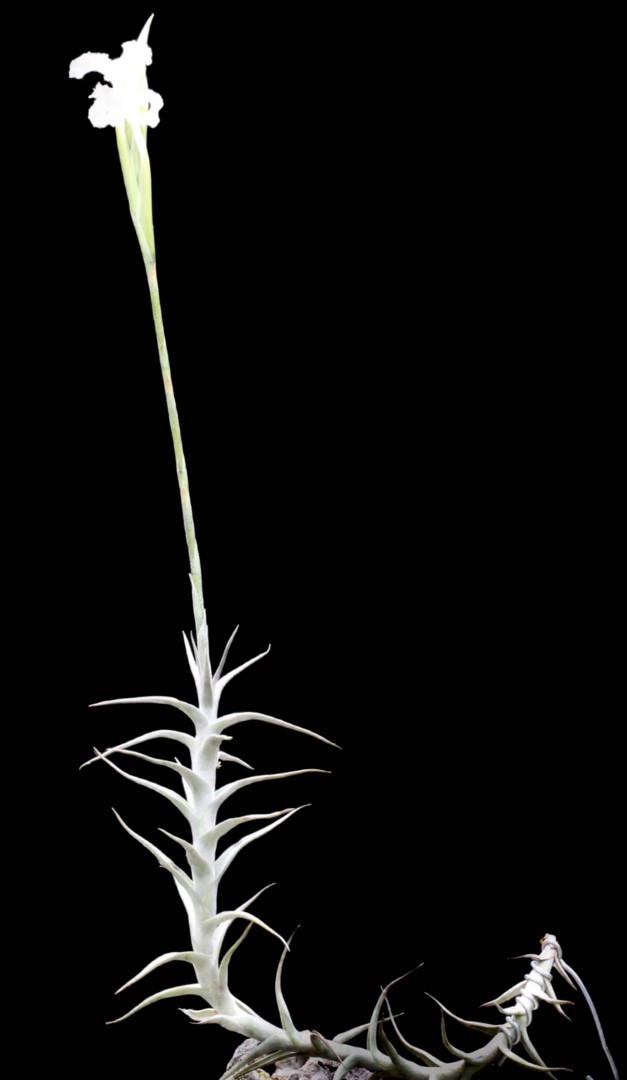
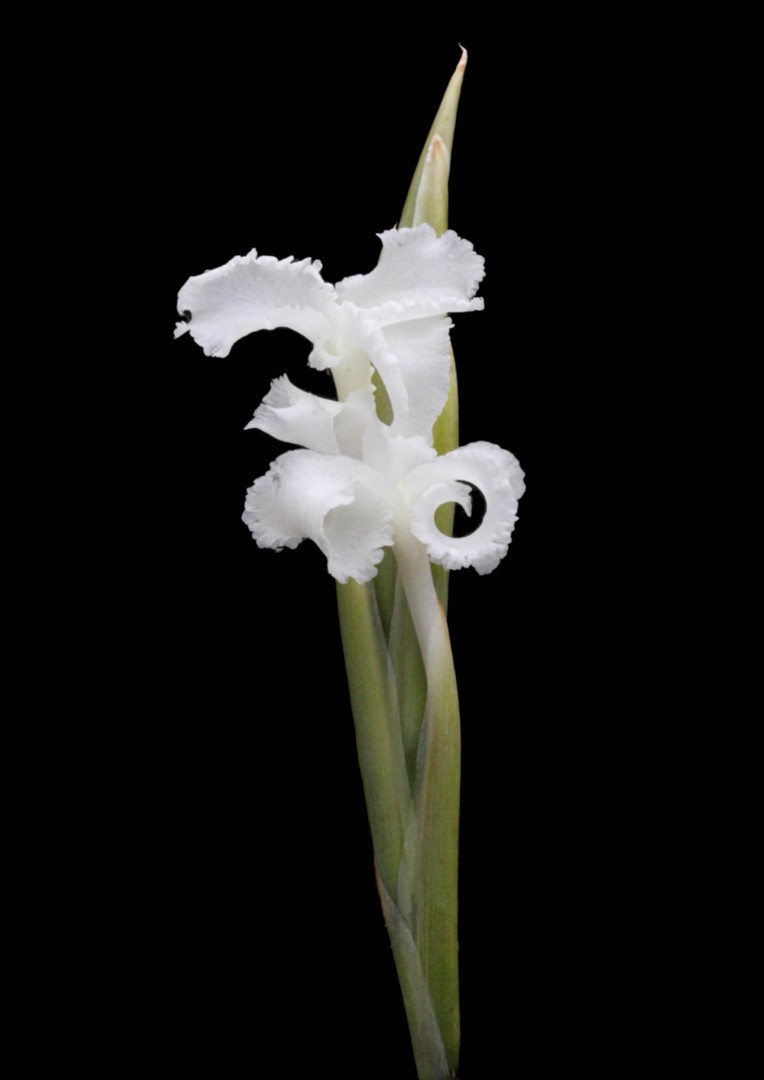
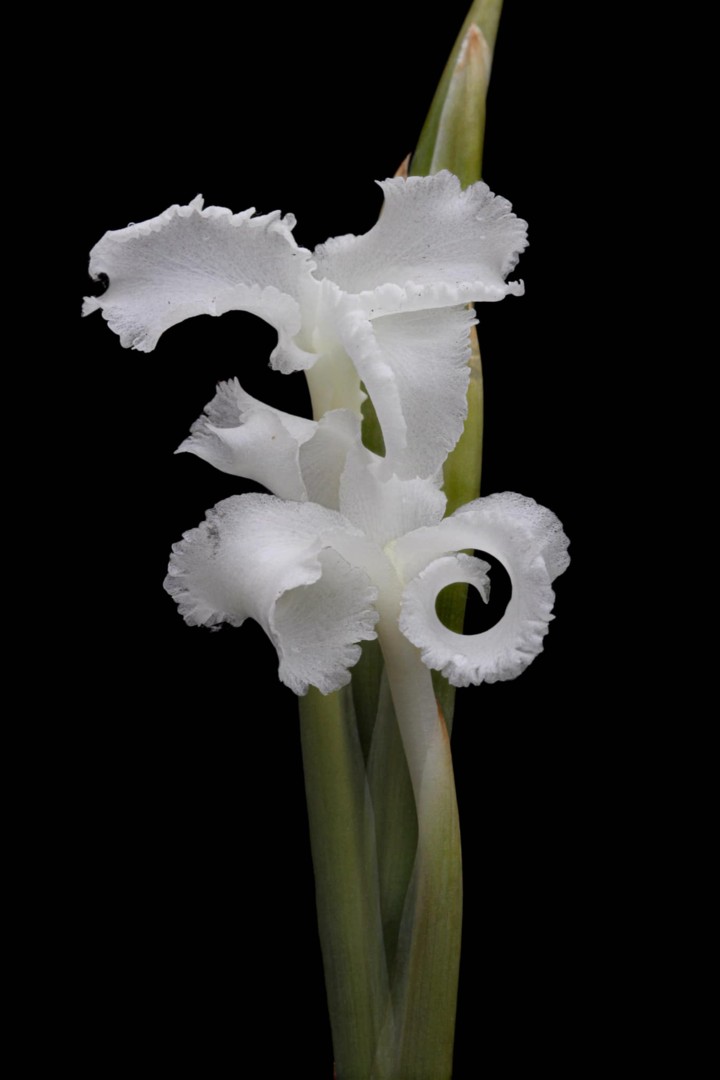
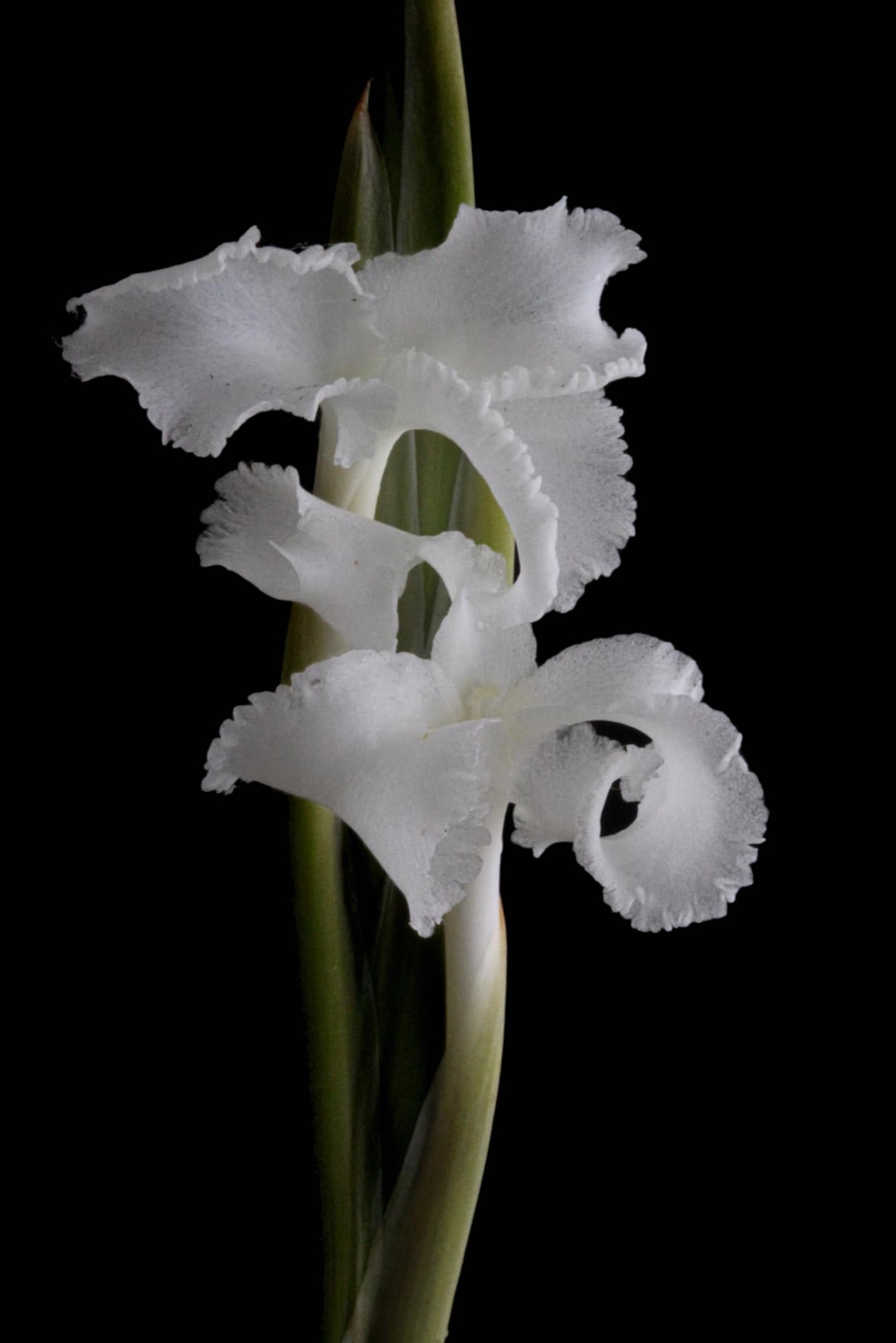
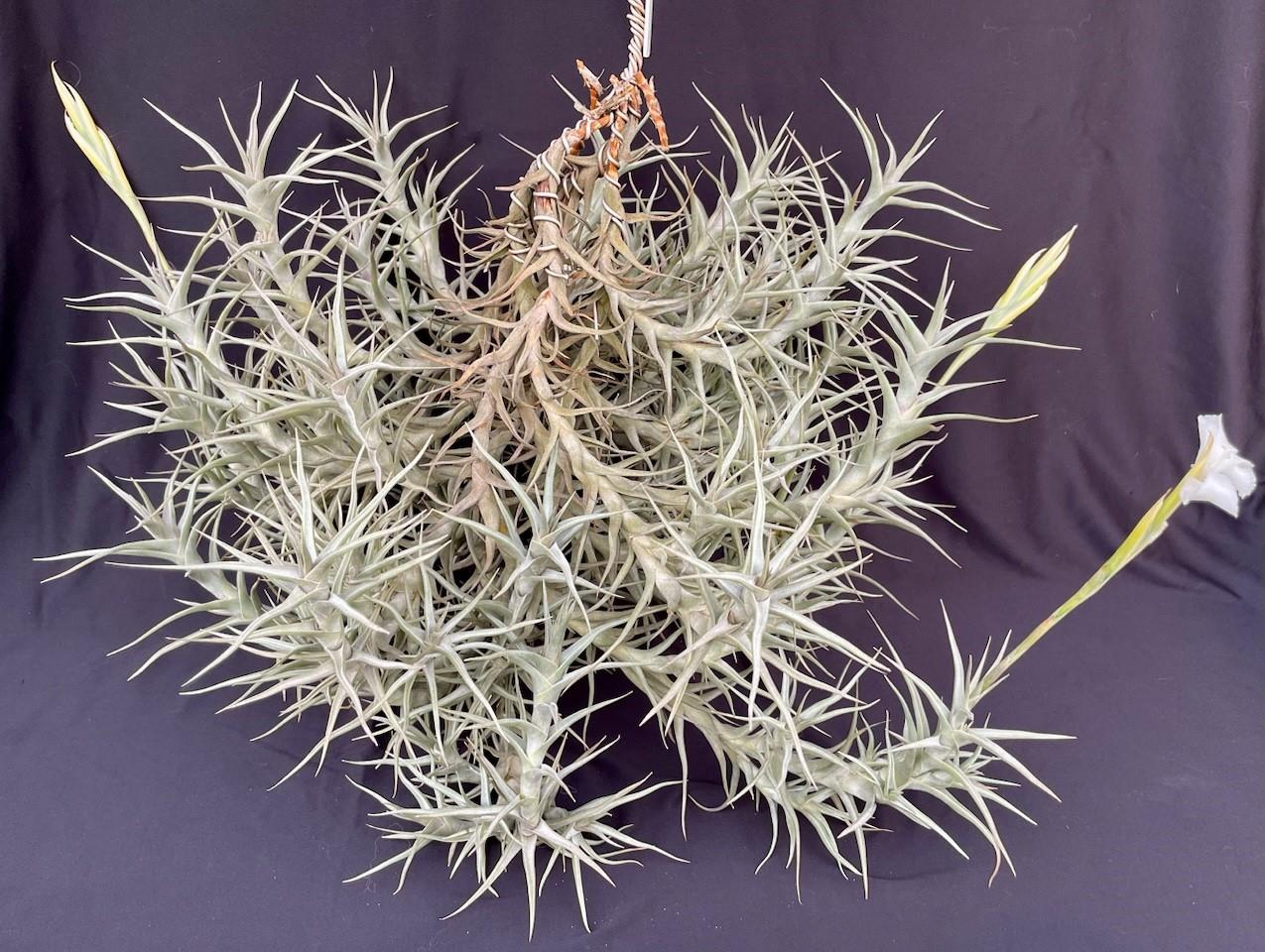
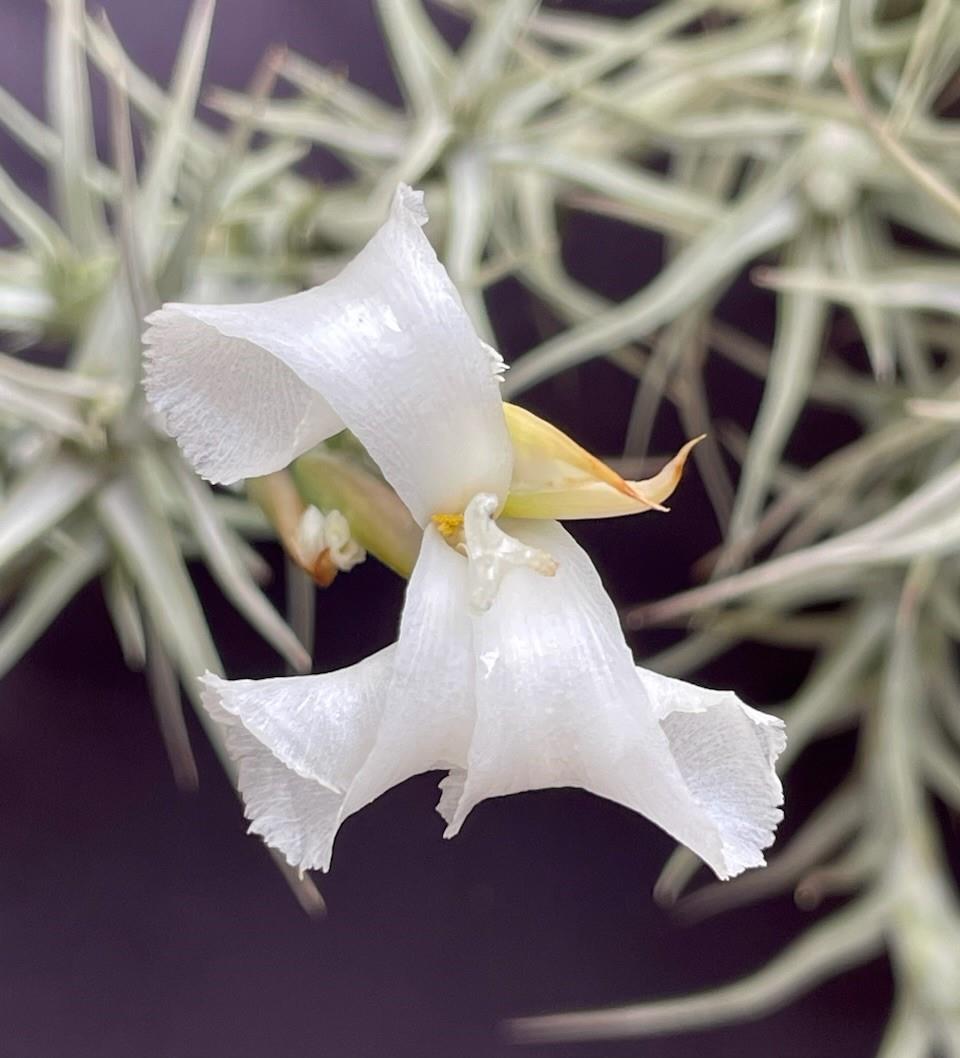
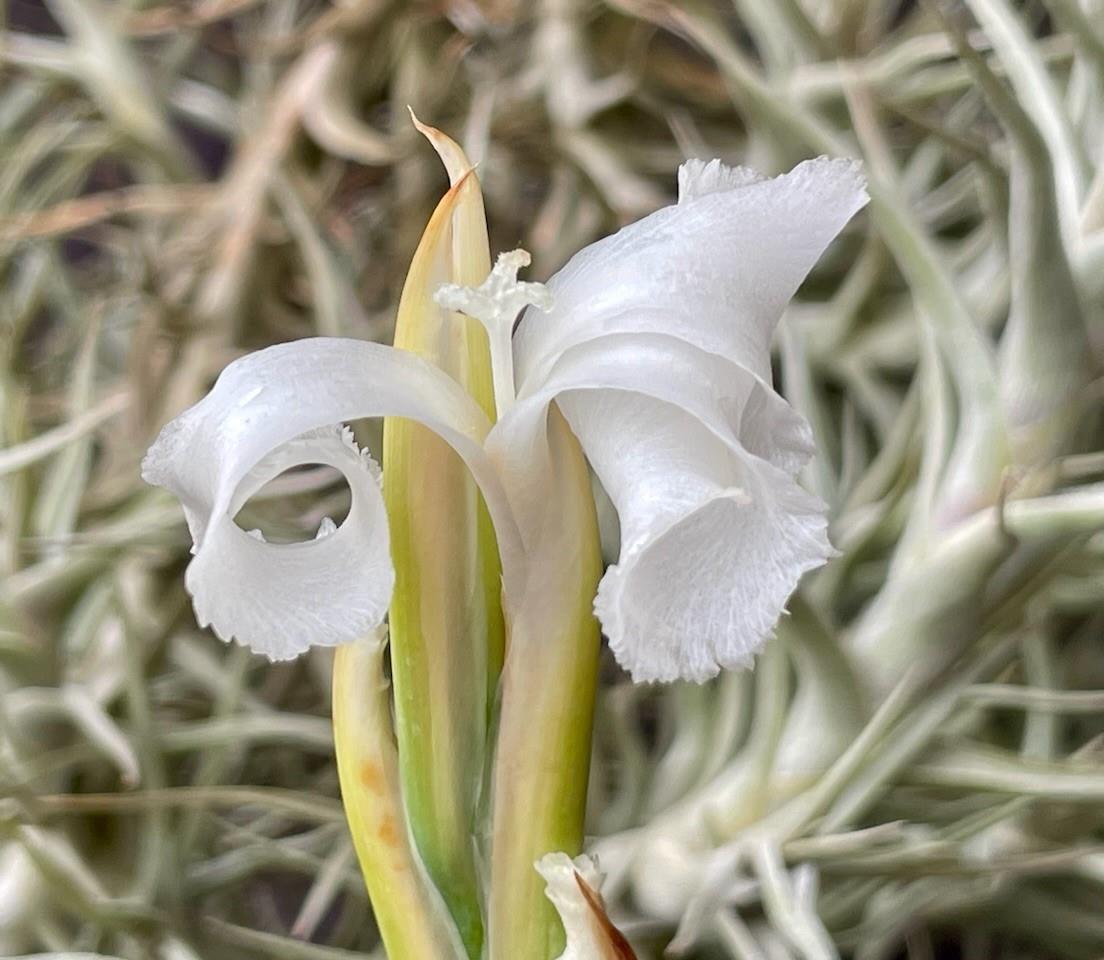
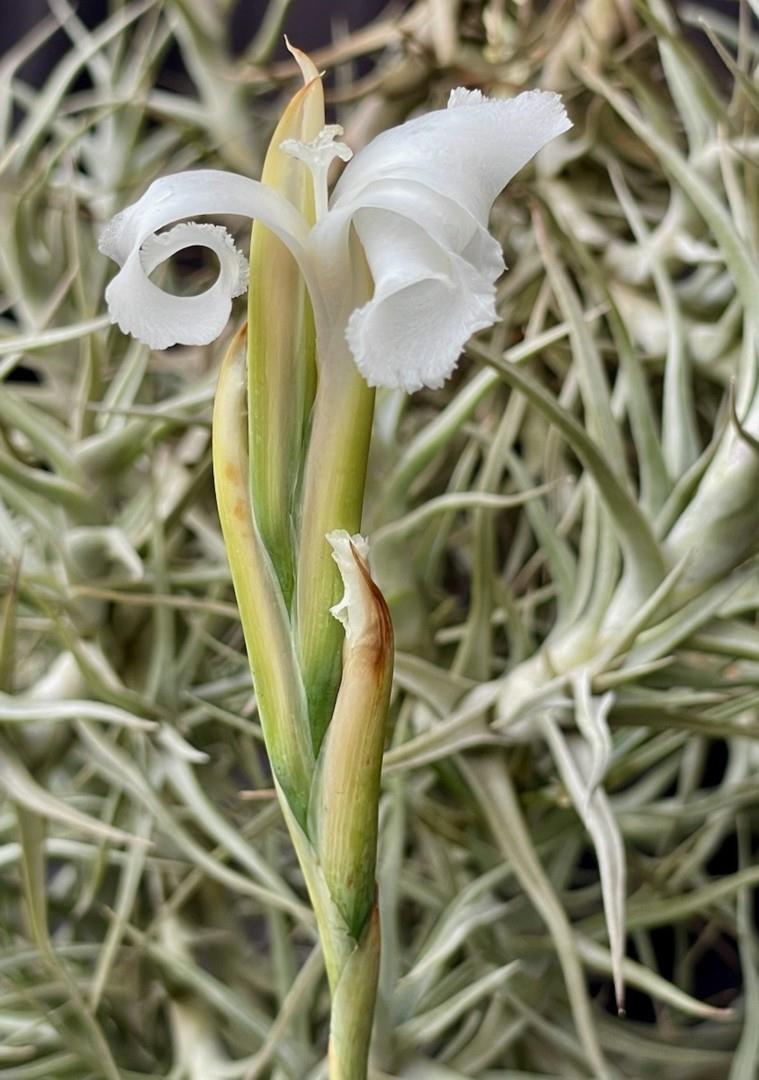 Ray Clark ... "I'm quite pleased to have been able to flower T. diaguitensis for only the second time in fifteen years. Growing it is not that hard but getting the plant to cope with our summers is my problem."
Ray Clark ... "I'm quite pleased to have been able to flower T. diaguitensis for only the second time in fifteen years. Growing it is not that hard but getting the plant to cope with our summers is my problem."
Robert Bower ... "Nice clump Ray. Where does it grow in habitat – is it cool?"
Ray Clark ... "The word doc on our DVD states Paraguay through to Northern Argentina but not sure of the terrain so yes, probably tending to cooler climate."
Brenton Cadd ... "Nice clump and flowers. I do not understand why it is so reluctant to flower for you in Adelaide. I grow it outside east of Melbourne and it usually flowers each year. Even Dereks non flowering clone has flowered here. I would not think that the climate was that much different, although over all probably hotter in Adelaide during Summer, I guess."
Ray Clark ... "Yes, I remember Derek and I used to joke about the "rare" non-flowering form of this plant. Overall rainfall annual average here is about 550mm and the relative humidity gets as low as 5% so actually quite different to your location I think. We've had plenty of rain over the last few months and watching my plants has prompted me to re-consider how and when I water."
Chris Larson ... "I came across T. diaguitensis at least twice in NW Argentina. That is twice that I remember.
Firstly - I found it at the southern entrance to the Quebrada de Humuaca growing with Deuterocohnia lorentziana, some Parodia sp (cacti), Trichocereus pasacana, and some desert shrub. Over 3000m alt. Other tills around - T. xiphioides, T. muhriae approx 20km away, etc.
Secondly - Coming down the mountain range from 3500m alt at the top, to 930m at Andalgala quite a ways south of the other location. A little bit wetter - but still what I would call a xeric climate. I reckon, if my memory from 25 years ago is right, that it would have been at least an altitude of 2500m.
Sadly my photos are still in boxes somewhere!
So hot and dry in the day, cool in the evening.
Andrew Flower has also been to this area."
Ed. ... "Note: T. mereliana used to be sold as T. diaguitensis Large form before it got described in 2008."
Tillandsia diaguitensis Castellanos. An. Mus. Nac. Hist. Nat. Buenos Aires 36: 55, pi. 10. 1929.
Desc from S&D p810-812
Plant slender and elongate;
stem 6 dm long, 5 mm in diameter, simple or few-branched.
Leaves evenly and laxly polystichous along the stem, 8-10 cm long, densely cinereous-lepidote throughout, furfuraceous;
Sheaths elliptic, amplexicaul, ca 13 mm wide, imbricate, making the stem appear 7-10 mm thick;
Blades erect to recurved, narrowly triangular, attenuate, 6 mm wide, strongly nerved when dry, channeled.
Scape terminal, conspicuous, to 8 cm long;
Scape-bracts imbricate and covering the scape, elliptic, acute, thin, stramineous, strongly nerved, lepidote toward apex.
Inflorescence always simple, lanceolate, acute, 4-9 cm long, 14 mm wide, densely 3-6-flowered;
Rhachis nearly straight, slender, glabrous, sulcate.
Floral bracts imbricate to divergent at anthesis, 2~3 times as long as the internodes, lanceolate, acute, 4-5 cm long, much exceeding the sepals, chartaceous and strongly nerved with a scarious nerveless' margin, glabrous, roseate;
Pedicels 3 mm long.
Sepals lance-oblong, acute, 32 mm long, membranous, nerved, glabrous, free;
Petals 7 cm long, white or bluish, fragrant, the claw linear, forming a tube well beyond the sepals, blade spathulate, minutely denticulate;
Stamens 51 mm long including the 8 mm anthers, exserted from the throat of the corolla; pistil 55 mm long; ovary 7 mm long.
Capsule equaling or shorter than the floral bracts.
Type. Castillon 7224 (holotype HA), Volciin, Jujuy, Argentina, Feb 1920.
DISTRIBUTION. Paraguay, northern Argentina.
PARAGUAY. Chaco, Camacho, Dec 1936, Rojas in Hort, Parag, 7512 (HA). ARGENTINA. SALTA: Quebrada de Amblayo, San Carlos, Feb 1927, Schreiter 6585 (LIL); Quebrada de 1as Conchas, Guachipas, Alemania to Cafayate, km 5, 27 Nov 1933, Peiranos n (LIL). TUCUMAN: Las Arcas to Tiopunco. Dec 1917 , Schreiter 809 (LIL): Quebradade las Arcas, 3 Feb 1927, Schreiter 5524 (LIL). FORMOSA: Las Lomitas, Aug 1935, Daguerre s n (BA).
Updated 15/01/24




















